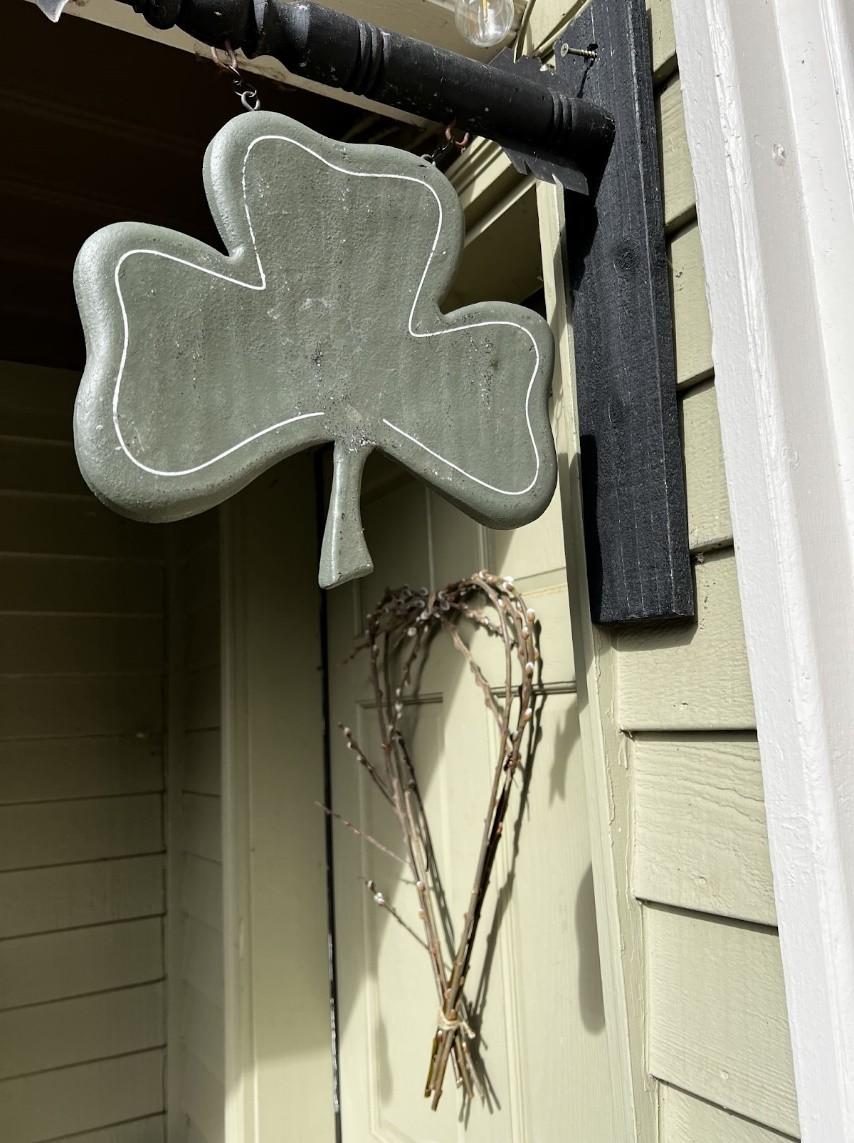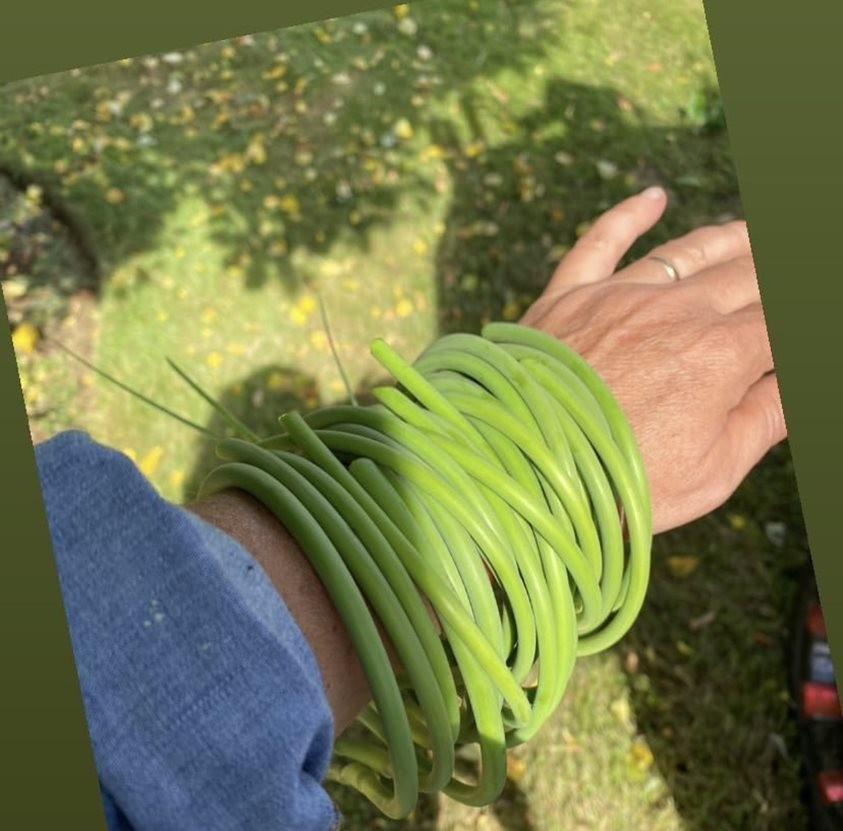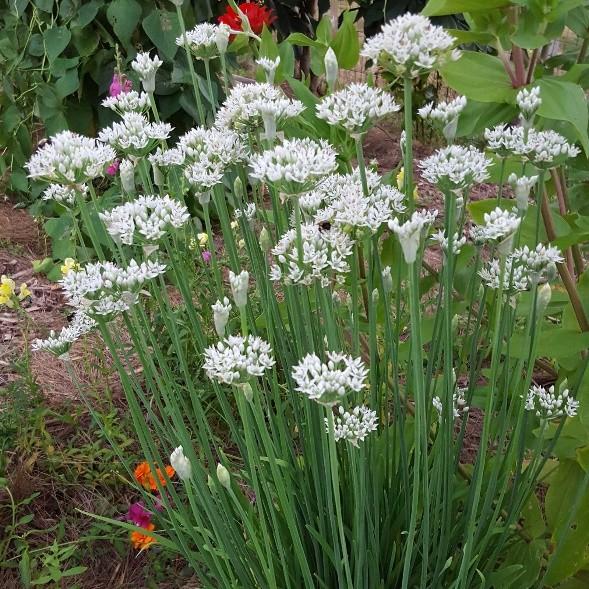
2 minute read
Natural Snail and Slug Control
As you may have guessed, I’m not one to go spreading Sluggo all around my landscape. Though it’s touted as not killing beneficial insects, only targeting the bad, I am loathe to believe this is true. And I certainly don’t want the product dusted by my food. And it’s a practice I don’t support, the use of chemicals at all. What we do here is akin to Permaculture. We are attempting to convert this space which once over water, over fertilized, and oversprayed, to care for itself, with some, of course, but little need for interference from we mere humans.
Hostas are a magnet for leaf eating critters. In fact, the Hosta leaves and flowers are edible for us as well. It’s sprouts are said to be especially delicious. Surprisingly, I’ve not tried them yet.
Advertisement
At any rate, the snail population when we moved into this place was absolutely impressive. The dogs had a heyday munching on them throughout the day. The sprinkler system provided year round moisture to foster their growth and the neglected soil, naked of mulch for many years, and bare of plants in many places, allowed them to roam freely from plant to plant. They seemed to enjoy the Lemon Balm and the Boxwood Shrubs the most.
In past gardens the presence of garden snakes were always visible, but I saw none that first growing season, nor even the second, and no birds seemed to linger in the space where the raised gardens stand. This seemed so strange to me as there are large cedars to the west and a wonderful hiding place underneath the hedge of red cedar to at the southern border.
This space was intended for my herb gardens, and I just so happened to know that if I planted herbs as hedges, at edges, in cracks, and spreading in between plants on bare soil, I could solve many of my slug and snail problems. By planting hardy drought tolerant evergreen perennial herbs, I could turn the sprinklers off. By planting pungent herbs, I could ward off creeping crawling critters from sensitive plants.
I am happy to announce that this effort has worked. I am also able to plant “enough”. So that when i do spot a slug laying eggs in my garden bed, I can simply toss her into the massive lemon balm and let her have it, there is enough for us to share, but she is unimpressed with the mint that also grows there and goes to find a less pungent home. But now, it seems, I have encouraged biodiversity in this little section of garden. I can only think that it is because I have fixed clay soil by bringing in loads of mulch. The mulch that inhibits the parade of slugs and snails due to its bumpy and impractical surface, and have encouraged tilth in my soil in order for beneficial bugs and insects to till the earth beneath the topsoil, a siren song to birds who come to eat the slim critters that once were killed off by weed suppressants and fertilizers.
I have also allowed space for garden snakes to slumber, by encouraging the hard over watered soils to soften. I allow leaf mulch and cedar litter to compost under the trees creating shelter for critters too. Previously it was raked clean.
While a perfectly groomed garden looks neat, I am more prone to the Wild and Unruly, full of creepy crawly things that find their own balance eventually.
But in that abundance is beauty. Think of the pungent herbs that you too can plant next to and within your hostas to keep the creepy crawly things away…
Plant White Chive
Picture courtesy of Eden Brothers Seeds ___________________________
Plant Borders of Lemon Thyme just toss your slugs into the neighbors yard;)
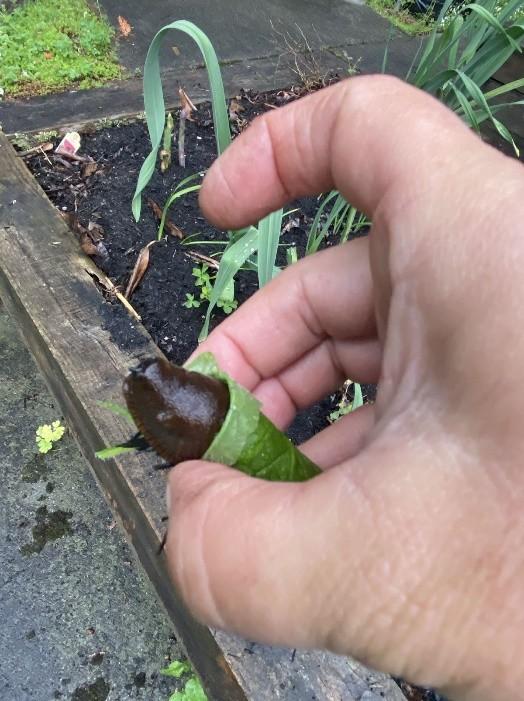
Plant Carpets of Red Thyme that bloom in spring and fall and create a natural mulch
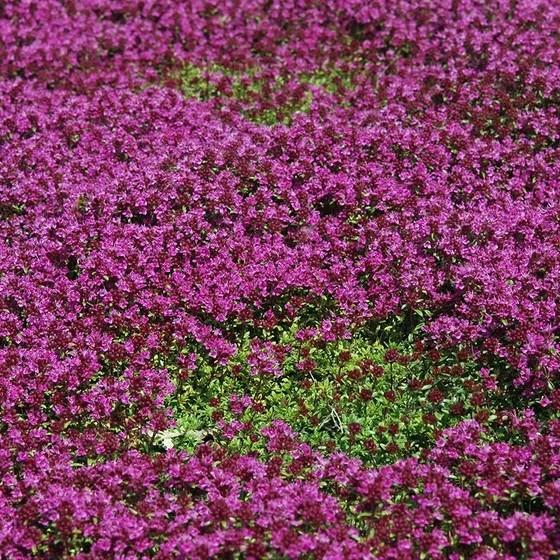
Pic Courtesy of American Meadows
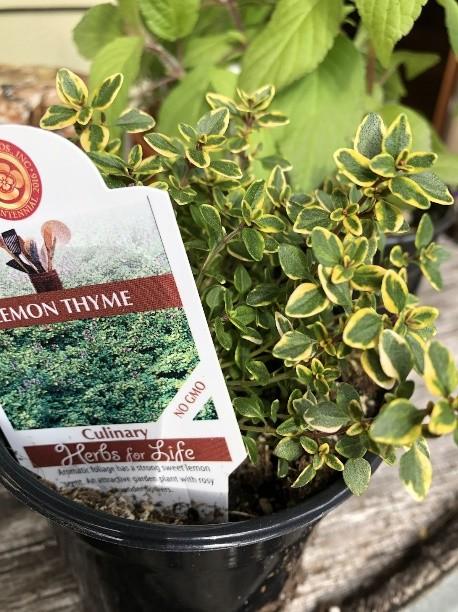
Plant Garlic or Shallots or Bunching Onions in between your roses and sensitive plants to keep critters and even some fungus away!
